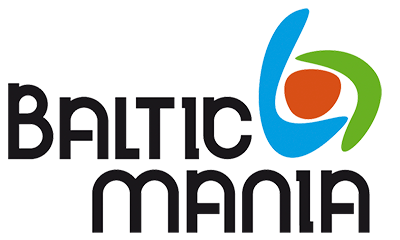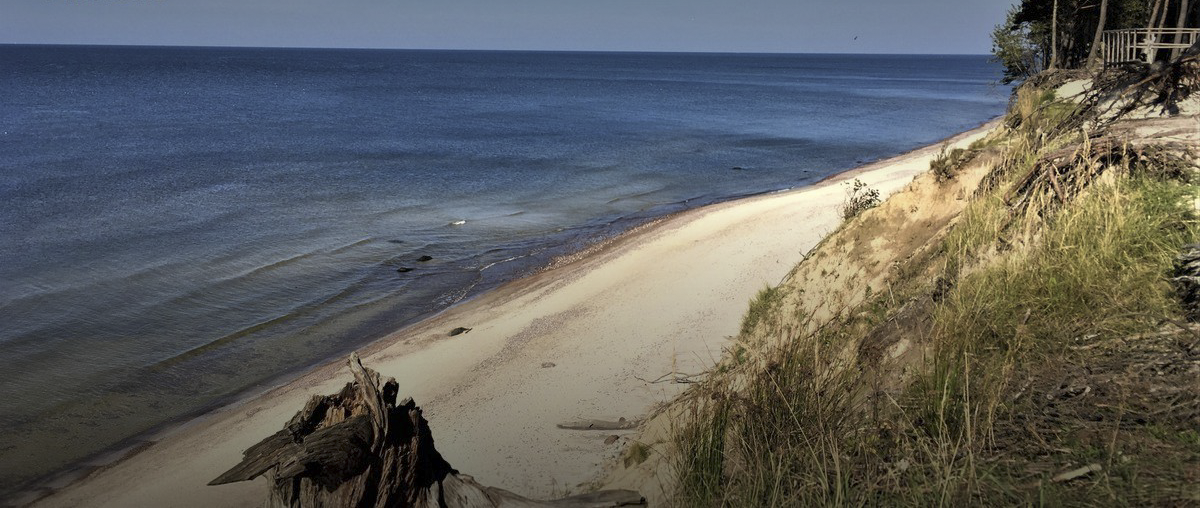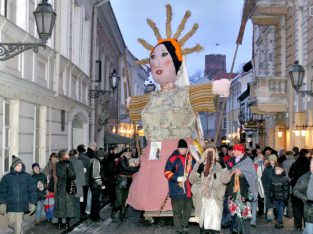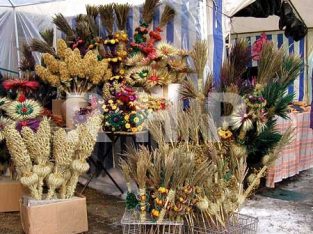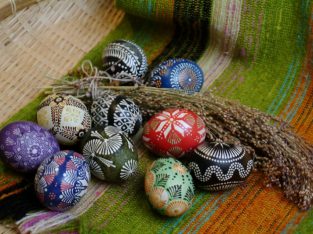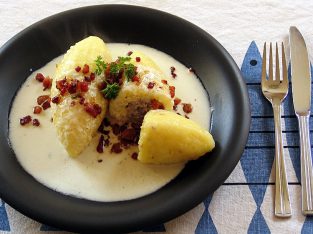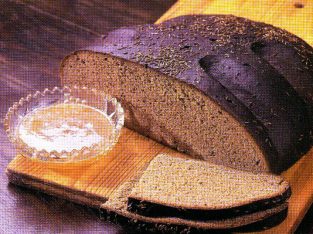Discover Lithuania
Geographic location
Lithuania is located in North-Eastern Europe; it shares 588 km of borders with Latvia to the north, 273 kilometers with Russia, in the West (Kaliningrad) 103 km with Poland and 660 km south and east of the country with Belarus. It is bordered to the west by 99 km of coastline with access to the Baltic Sea.
Relief:
Sandy plains, hills covered with pine forests, numerous lakes and rivers.
Climate:
The climate is both maritime and continental with cold winters and pleasant summers. The average winter temperature is around – 5 ˚ C and 17 ˚ C in summer.
LANDSCAPE IN LITHUANIA
Lithuania has five national parks (Aukštaitija, Dzūkija, Žemaitija, Kuršiu Spit and Trakai), as well as 30 regional parks, which cover 12% of the national territory. Highlight: Juozapines Kalnas 292 m.
In many parks, especially in the south and east of the country, there are ancient villages, roads or fields that have kept their original structures and their Ethnographic Reserve status.
Lithuanian forests are home to elk, deer, wild boars, wolves and lynx. It is unwise to venture there without a guide. Lithuania also has more than 2,000 otters. The stork is the most familiar bird of Lithuanians. The four reserves in the country, all located within national parks, 35 protected wildlife species, 200 birds, twenty species of fish and over 600 species of flowers. They can only be visited if you are accompanied by a member of the reserve.
Area: By area (65,300 km2) Lithuania is larger than the Netherlands, Belgium, Denmark, Switzerland, Latvia and Estonia Country. It is much smaller than Austria, the Czech Republic and France and almost equivalent to Ireland.
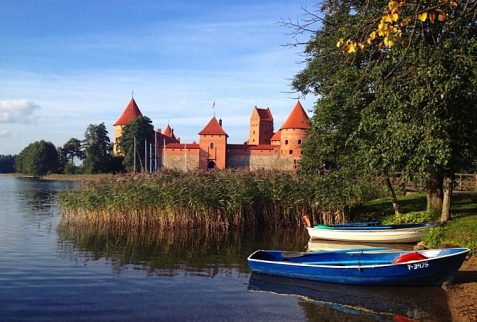
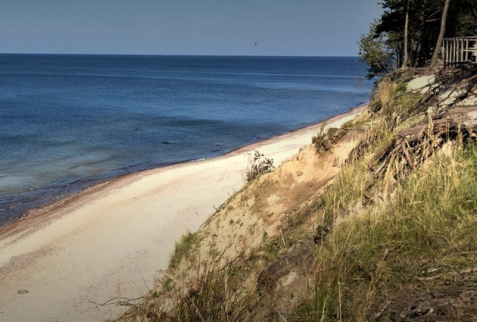
Good to Know
Country
Population:
Ethnic composition of the population
Religion (2001)
Language
Capital
Major cities
Division of territory
Geographical Regions
Time zone
Currency
State and domestic policy
State symbols
History
Lithuanian ancestors of Indo-European origin settled in the region between 2000 and 1000 BC.
These new residents were engaged in agriculture and trade of amber.
Until the twelfth century, the territories were occupied by different tribes.
XII century was marked by the crusades and evangelism.
XIII century
Creation of the Grand Duchy of Lithuania and the first King Mindaugas was crowned in 1253.
From twelfth to the seventeenth century the Baltic countries were a part of the zone of influence of the Hanseatic League, a professional association of merchants. In absolute terms, the Hanse or Hanseatic League was the Hanse merchant cities of the North Sea axis – the Baltic Sea. It played an important commercial role and policy from the twelfth to the seventeenth century, before disappearing during the Thirty Years War.
XIV century
1323 Foundation of the city of Vilnius by the Grand Duke Gediminas.
Late fourteenth and early fifteenth centuries (1392 – 1430) – expansion of Lithuania on the Baltic Sea to the Black Sea. Lithuania is one of the largest European countries.
XIV century
Grand Duke Vytautas moved to Trakai.
XVI century
The reformed church wins Latvia and Estonia while Lithuania is Catholic. An Academy (now Vilnius University) was founded in 1579.
The Union of Lublin of 1589 causes the incorporation of Lithuania with Poland.
XVIII century
1795 – 1915 a large part of Lithuania was annexed to Russia.
XX century
In 1918, the three Baltic countries proclaimed their independence. Lithuania in 16.02.1918.
August 23, 1939
The Soviet Union and Germany signed the Non-Aggression Pact (nicknamed “Molotov-Ribbentrop Pact”). The two totalitarian states divided Eastern Europe between them. According to the secret protocol, Latvia, Estonia and Lithuania, all three were under Soviet domination until the years of 1990.
1990
Restored statements of independence 11/03/1990 in Lithuania caused an economic blockade on 20th April.
Since 01/05/2004Lithuania became a part of the European Union.
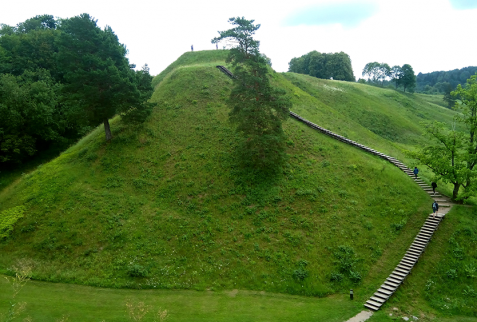
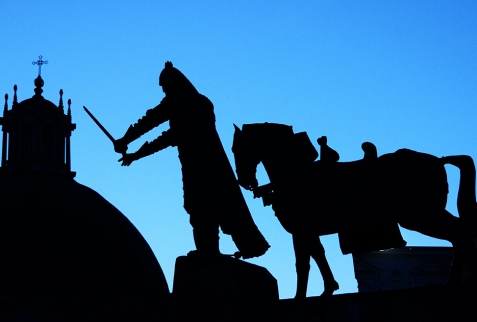
Touristic information
Airlift
There are three international airports and flights between London, New York, Canada (etc.) and Vilnius.
Road infrastructure
By road, the journey from Paris to Vilnius is about two days.
State highways is satisfactory. Poor condition of roads. Local and international transport is well developed. It is faster to travel by bus or train.
Rail network
Good general condition of a network mainly dedicated to freight goods.
ACCOMMODATION
Various types of accommodation are available in Lithuania between hotels and luxury apartments or hostels and cheap campsites.
Hotels and motels are classified in categories from 1 to 5 stars.
Hostels and guest houses – from 1 to 4 stars.
Many international hotel chains are located in Lithuania: “Radisson SAS”, “Scandic Hotels Hilton Group.” “Le Meridien”, “Best Western”, “Relais & Chateaux”, “Holiday Inn”, “Summit Hotels and Resorts”, “Crowne Plaza”, “Reval Hotel Group”, “Hotel”, “Cendant Hotel Group”, “Unique Stay Hotels “,” Boutique Hotels and Resorts International “,” Cendant Hotel Group “etc..
There are also some Lithuanian hotel chains “Centrum”, “Baltpark”, “Europa”. Most hotels have modern conference centers.
Folklore and traditions
The number of festivals and traditions were celebrated already in pagan times before being Christianized, are related to the cycle of seasons and working in the land.
For Mardi Gras – adults and children dressed as animals roam the streets.
In the past, the midnight, an effigy of winter incarnate, called the More, is burned in the collective joy.
St. Casimir (Kaziukas) feast, on March 4, is greatly honored because of being the only saint of the country to be celebrated.
In Vilnius, a large craft fair takes place which provides all the verbos and fins made of herbs, plants and dried corn husks that are released for the Palm Sunday procession.
At Easter (Velykos), where we swim in a river before dawn is a sign of purification prior to the spring cleaning. Sunday after Mass, eggs are painted and the children play in the garden.
In Lithuania, on July 6, is the commemoration feast of the State, one of the most interesting festivals. It takes place in Kernave – the first Lithuanian capital, burned by the Teutonic Knights in the Middle Ages.
In June, Lithuania celebrate the shortest night of the year, the feast of St John. It invokes high level of pagan magics: the fires, traditional songs, dances and ritual games. As in the other Baltic countries, the people of the town gathers to stay until the dawn by the great bonfire which is believed symbolically to burn the past troubles. Wreaths are weaved to float in the waves, and the mythical fern flower, once again, is searched.
CUISINE
The traditional cuisine mainly consists of potato dishes, tomatoes, cucumbers, dairy products, mushrooms and pork. The most common dish, a symbol of Lithuanian cuisine is the « cepelinai », potato rolls stuffed with meat and topped with bacon, whose form recalls the famous airship “Zeppelin”.
Other dishes of potatoes are highly appreciated: potato pancakes, the “kugelis” of chopped potatoes, sausage potatoes “vedarai” and etc..
Another traditional Lithuanian dish is “saltibarsciai” – the traditional cold beetroot soup with cucumber cut into pieces. Smoked or pickled fish and black bread are essential in Lithuanian cuisine. For desserts, the cakes, rolls and other pastries are very popular.
Places of interest
Lorem ipsum dolor sit amet, consectetur adipiscing elit. Vivamus viverra metus in quam mollis, quis maximus orci faucibus. In dignissim ut ligula sit amet rhoncus. Morbi urna est, elementum ac nisl nec, ornare varius diam. Vivamus mi elit, fringilla gravida pharetra nec, iaculis at mi. Maecenas tellus tellus, bibendum eget nisi et, rutrum vestibulum augue. Nullam nec odio nunc. Maecenas facilisis dapibus rhoncus. In eu sagittis risus, quis sagittis magna.
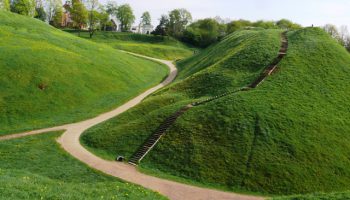
Lorem ipsum dolor sit amet, consectetur adipiscing elit. Vivamus viverra metus in quam mollis, quis maximus orci faucibus. In dignissim ut ligula sit amet rhoncus. Morbi urna est, elementum ac nisl nec, ornare varius diam. Vivamus mi elit, fringilla gravida pharetra nec, iaculis at mi. Maecenas tellus tellus, bibendum eget nisi et, rutrum vestibulum augue. Nullam nec odio nunc. Maecenas facilisis dapibus rhoncus. In eu sagittis risus, quis sagittis magna.
Lorem ipsum dolor sit amet, consectetur adipiscing elit. Vivamus viverra metus in quam mollis, quis maximus orci faucibus. In dignissim ut ligula sit amet rhoncus. Morbi urna est, elementum ac nisl nec, ornare varius diam. Vivamus mi elit, fringilla gravida pharetra nec, iaculis at mi. Maecenas tellus tellus, bibendum eget nisi et, rutrum vestibulum augue. Nullam nec odio nunc. Maecenas facilisis dapibus rhoncus. In eu sagittis risus, quis sagittis magna.
Lorem ipsum dolor sit amet, consectetur adipiscing elit. Vivamus viverra metus in quam mollis, quis maximus orci faucibus. In dignissim ut ligula sit amet rhoncus. Morbi urna est, elementum ac nisl nec, ornare varius diam. Vivamus mi elit, fringilla gravida pharetra nec, iaculis at mi. Maecenas tellus tellus, bibendum eget nisi et, rutrum vestibulum augue. Nullam nec odio nunc. Maecenas facilisis dapibus rhoncus. In eu sagittis risus, quis sagittis magna.

